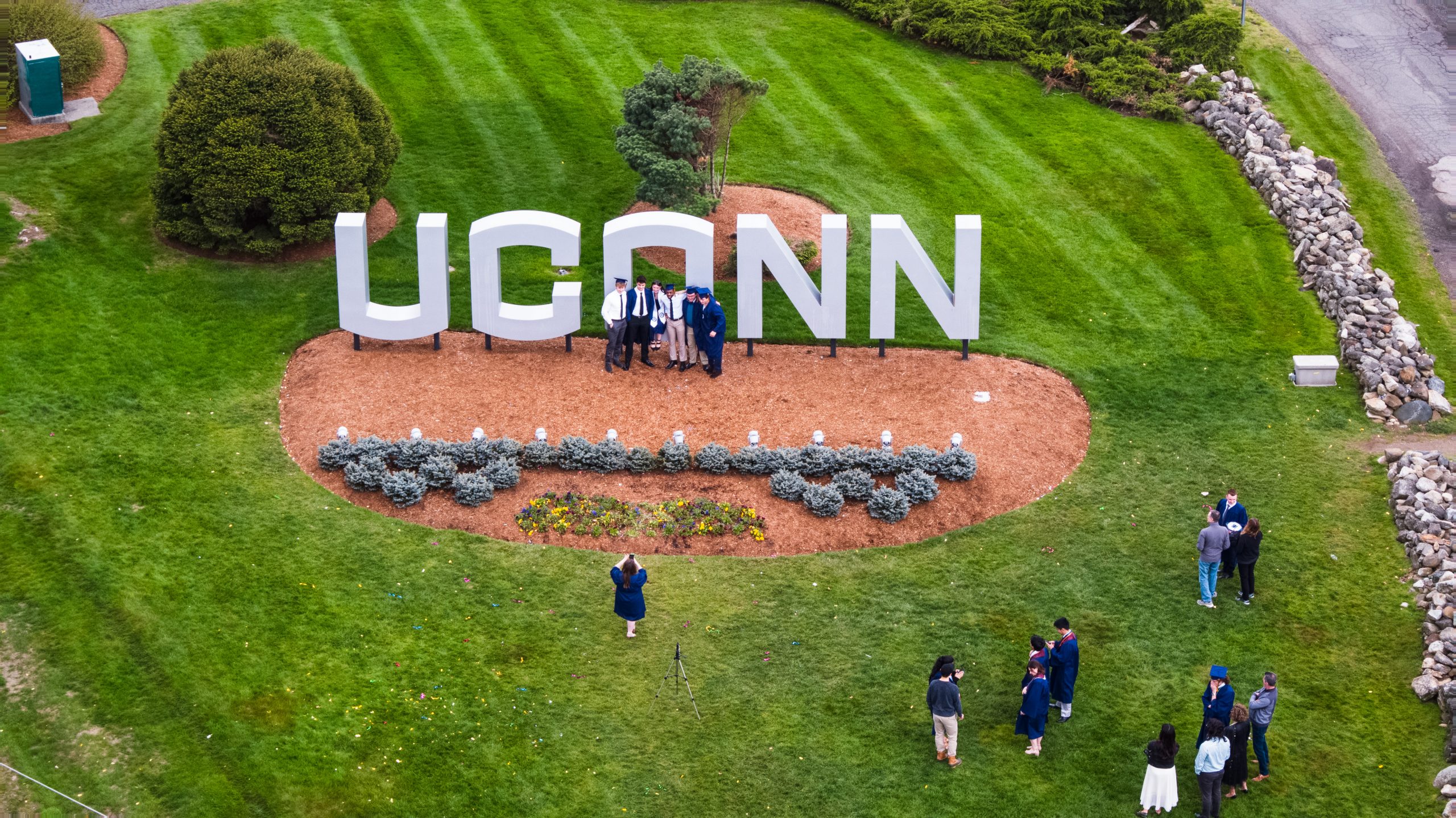
Research associate Steve Lanza is executive editor of The Connecticut Economy, a publication of UConn’s Department of Economics. He discusses the quarterly with Karen A. Grava, interim director of communications for the College of Liberal Arts and Sciences.
The Connecticut Economy is now 18 years old. Why was it begun?
The Connecticut Economy (the Quarterly for short) was launched with UConn’s mission of service in mind. It taps expertise from the University and around the state to offer readers substantive, data-driven analyses of current events, longer-term trends, and public policies that affect the Connecticut economy. We are committed to reaching out to the citizens of our state and helping improve their understanding of Connecticut’s economy. Our goal is to be clear, incisive, and objective in our analyses.
Besides public service, does the Quarterly have other missions?
Part of the public policy debate for nearly 20 years, The Connecticut Economy has grown into something far larger than we might have imagined at the beginning. Besides service, the Quarterly has also contributed to the education of students at UConn and to research. An economics department course in applied regional analysis uses The Connecticut Economy as a resource in the classroom, helping scores of students develop good research skills. Professors in other departments have also used the Quarterly in their classes and we’ve even featured some of the best student work in the magazine. Research from the Quarterly has also been reprinted in other professional or technical publications and served as the basis for research in professional journals. So the Quarterly has contributed to all facets of the University’s mission: teaching, research, but most especially service.
You have analyzed lots of topics including taxes, gaming, electric rates, and the market for housing, wine, and professional sports. How do you choose the topics to research?
Alfred Marshall, a father of modern economic analysis, once said that economics is about the ordinary business of life. Under that broad definition of the discipline, any topic is a potentially fruitful subject of economic inquiry – all one need do is simply look around. And as Yogi Berra pointed out (in a quip we cited in the inaugural issue of The Connecticut Economy) “you can observe a lot just by watching.” So in the spirit of Marshall and Berra, we watch the economy both in Connecticut and beyond, look for topics with potential implications for Connecticut’s economy, and use the tools of economic analysis to try to shed some light on these issues.
Do you begin a project predicting a certain outcome? Are you often surprised?
As social scientists we begin each project by asking questions, doing background research, and developing a provisional hypothesis that we test against real-life data. So yes, we typically do begin a project with a certain set of expectations. But we can’t just assert those expectations as truth; we test them against the available evidence, using our discipline’s accepted methods of analysis, which more often than not involves statistical methods that mimic the controlled experiments of the natural sciences. Sometimes the evidence supports our initial thinking, sometimes it doesn’t.
Is there a lot of push and pull between the editors when the stories are ready? Are there discussions about how to conduct the study or write it up?
I share editorial responsibilities for the Quarterly with Dennis Heffley, professor of economics, and with Arthur Wright, professor emeritus of economics, both former department heads. We usually begin exploring themes for the next issue of the Quarterly on our way home from the press conference where we release the current issue. Early meetings are essentially brainstorming sessions, where we toss around ideas without trying to be too critical or judgmental. Once we have hard-copy drafts of our research, the editorial process shifts from the mechanics of research to that of writing. In a rigorous editorial session, first-draft copy – even that of seasoned writers – can become covered with as much red ink as black and may be remodeled from stem to stern. Our discussions can also become quite spirited at times, and not just over differences in policy approaches or philosophy. Even the rules of grammar are subject to interpretation and debate. Although ultimately we editors must each take responsibility for our own research, I think we’d all agree that the editorial process helps make every piece that appears in the publication more balanced, comprehensive, and easier to read.
More than a million people have looked at the publication on line, and thousands of others subscribe. What do they do with the information?
Our readers are private citizens, business people, labor leaders, state and local lawmakers, academics, students, and members of the media. Our forecasts for the state and its regions help decision makers everywhere form reasonable expectations about the future, plan accordingly, and perhaps capitalize on emerging trends or developments. Our analyses of key issues help to inform public policy discussion and debate.
What are some of the topics you will analyze in the future?
The Fall 2010 issue will address some hot topics in the current election campaign, including jobs, economic competitiveness, education, and transportation. As we did during the last statewide campaign four years ago, we’ve invited the Democratic and Republican candidates for governor to square off over their economic visions and plans for the state.
Beyond that, recovery from the Great Recession will be years in the making, so we’ll be looking at aspects of that for many issues to come. What are Connecticut’s new engines of growth, how do we provide needed public services while balancing budgets at both the state and the local levels? How will our economy adjust to changes in demographics and in world competition? But the ordinary business of life, like life itself, is often full of surprises, so I expect you’ll also find a fair number of interesting and unpredictable items in future issues of The Connecticut Economy.


